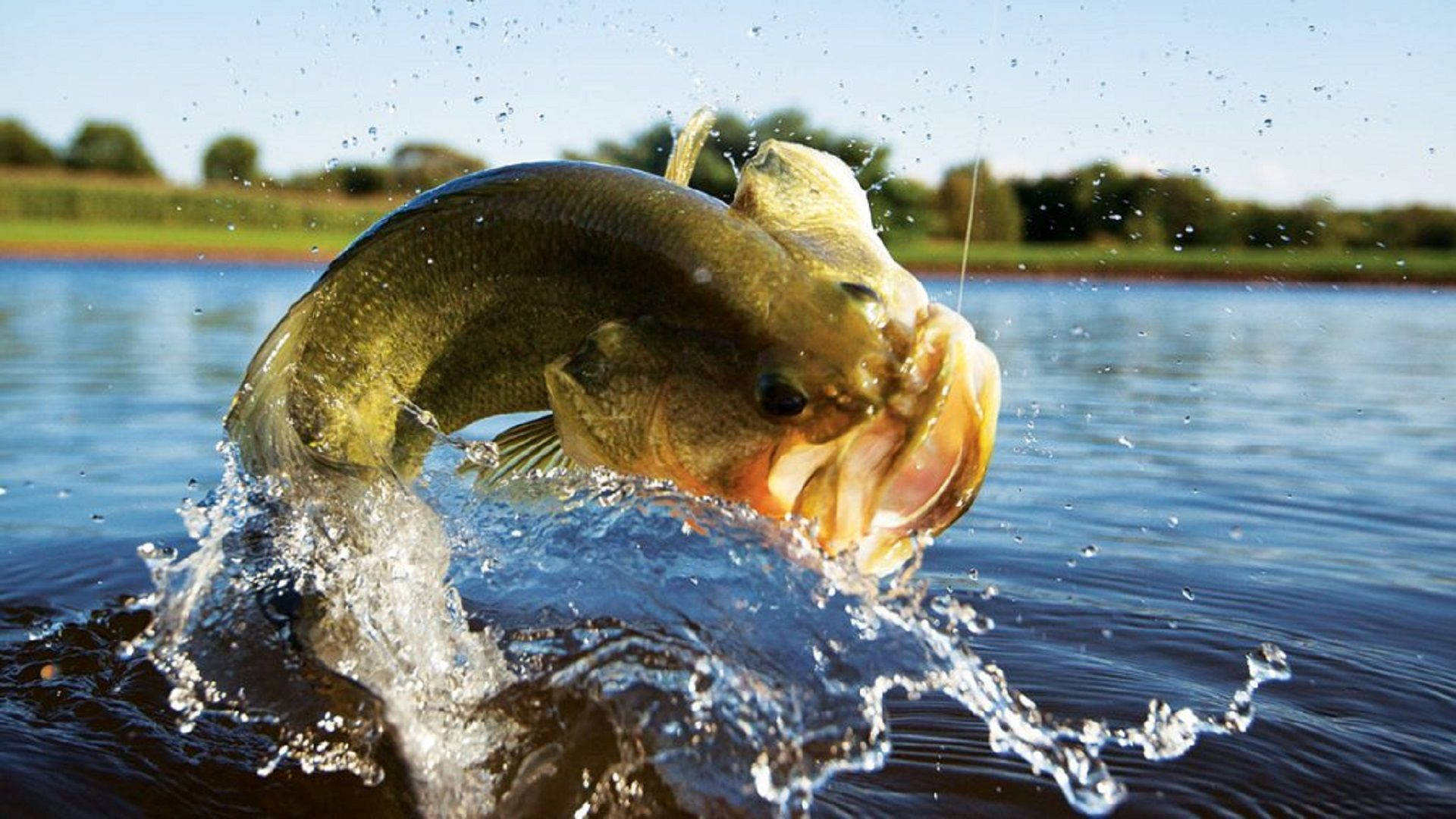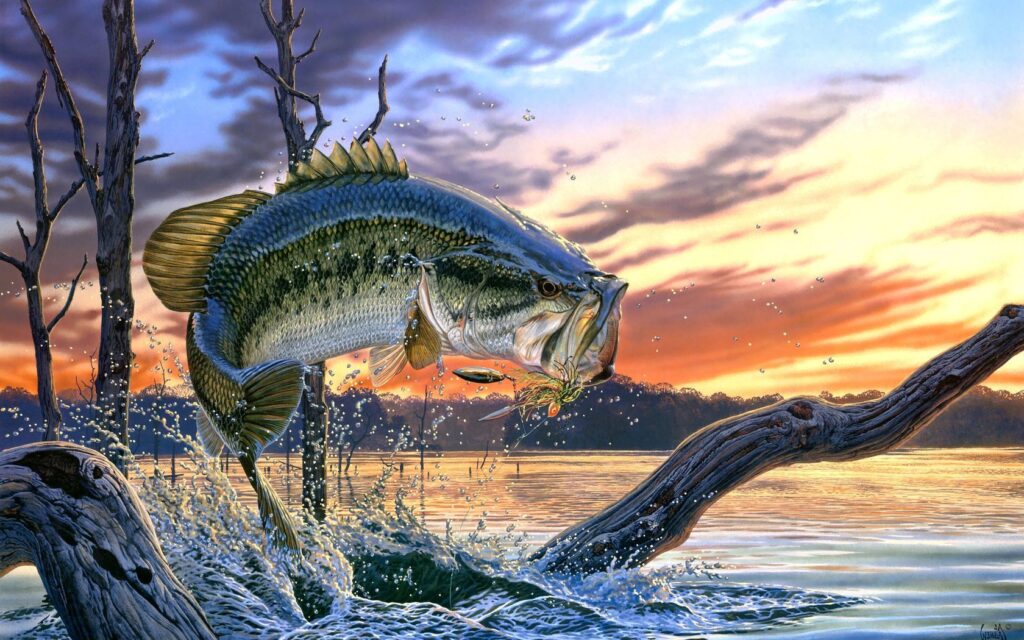
Largemouth bass fishing in spring is one of the most popular activities in the United States. Bass are a highly sought-after species of fish. They can be found in lakes, rivers and ponds across North America, and their popularity has made them one of the most popular freshwater gamefish in the world.
Largemouth bass are easily identified by their large mouths and dark-colored bodies with vertical stripes along their sides. Their average length is between 12 inches (30 cm) and 20 inches (51 cm) depending on where they live; however some have been known to reach up to 30 inches (76 cm).
In springtime these fish become active again after spending months hibernating under ice or mud at the bottom of lakes during winter months when temperatures drop below freezing point – this phenomenon is known as “deep winter dormancy”.
Table of Contents
ToggleUnderstanding the Habits of Largemouth Bass in the Spring
Understanding the habits of largemouth bass in the spring is crucial to catching them. In this section, we’ll cover the basics: spawning habits, migration patterns and food sources.
Largemouth bass are known for their aggressive behavior towards each other during mating season (March-June). During this time, males will fight over females who have been ready to spawn for several weeks. The winner gets to mate with her and then she lays eggs in shallow water near shorelines or vegetation like grasses or weeds that grow along lakeshores. After she lays her eggs she dies but not before fertilizing them with sperm from her mate!
The eggs hatch into larvae after about three days which look like little worms swimming around on top of the water surface until they become juveniles after about 10 days old at which point they start feeding on smaller organisms such as zooplankton (tiny animals). Once they’ve grown large enough–about two inches long–they’ll seek out deeper waters where food sources are more abundant such as insects and small fish species such as minnows.”
Finding the Best Times and Places to go Bass Fishing
There are several factors that will affect your success when it comes to catching largemouth bass. The time of day is one of the biggest factors, so you should make sure you know when the best times are for fishing. Early morning and late afternoon are both good times for catching bass, but there are also some other considerations that can help you determine exactly where and when to go out fishing.
Late Afternoon/Early Evening Fishing:
This is probably one of the most popular times to go largemouth bass fishing because it’s easy on your body and allows you plenty of time before dark if you want an evening activity with friends or family members who may not be as interested in spending hours out on a boat every day (or even every weekend). This is also an ideal time because many people don’t think about fishing during this period; therefore, there aren’t as many boats around as there would be during peak hours like midday or early morning–which means less competition!
Using the Best Baits and Lures for Largemouth Bass
Largemouth bass are a finicky species, but that doesn’t mean you can’t catch them. In fact, it just means you have to be more creative and try different methods of catching them. The good news is that there are plenty of ways to do this!
The first thing you need to know about largemouth bass fishing is that bass like live bait better than artificial lures or other types of baits. That’s why most anglers prefer using worms or minnows when fishing for these fish–they’re easy prey for hungry largemouths who want something fresh from the water instead of something packaged in plastic or metal casings (which isn’t exactly appetizing). If you don’t want any part-time jobs as a fisherman/fishmonger, then consider buying some frozen worms at your local grocery store instead; they’ll cost less than live ones but still give off the same scent when placed on hooks!
There are also many different kinds of artificial lures available today: jigs (which look like small hooks), spinnerbaits (which spin around while attached), crankbaits (which dive into deep waters) and soft plastics like tubes (which float on top). These items come in many sizes too so make sure not only do they catch fish but also match up with whatever size hook fits best into your rod holder(s).

